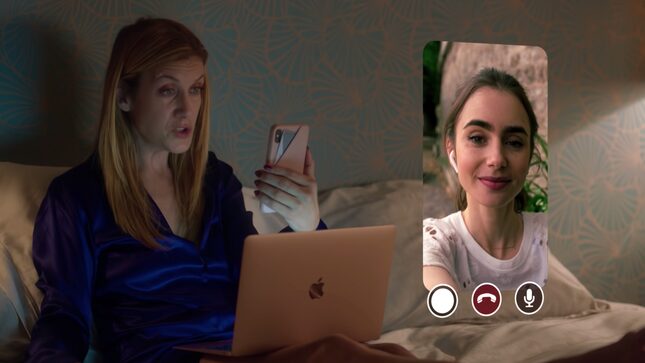

Somewhere in the first few episodes of Emily in Paris, Emily (Lily Collins), a guileless social media professional from Chicago, looks at her phone, which is outfitted not with an enormous PopSocket, as I thought, but a giant phone case meant to look like an analog camera. I knew this information before I watched it because someone wrote an article about it, which I saw somewhere in the bog of irony poisoning that is my Twitter timeline, which was nestled amidst jokes about Emily being in Paris and what that entails. The show itself has been out for barely a week. This ambient cultural awareness of a show that, for the record, isn’t that good, is probably exactly what Netflix wanted. However many months into the pandemic, in the middle of a hellacious election cycle, Emily in Paris is the perfect sort of low-stakes trash that was bound to be a “hit,” if the metrics are tweets, blogs, and other internet ephemera from a community that desperately needs to log off.
-

-

-

-

-

-

-

-

-

-

-

-

-

-

-

-

-

-

-

-

-

-

-

-

-

-

-

-

-

-

-

-

-

-

-

-

-

-

-

-








































